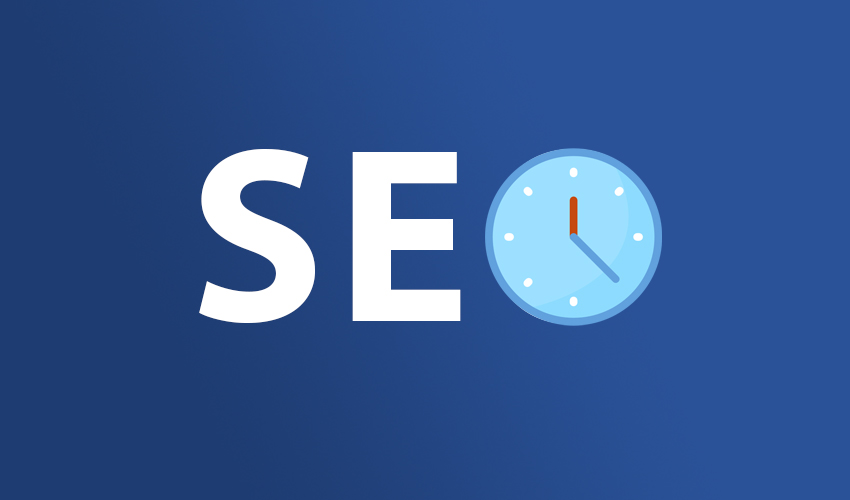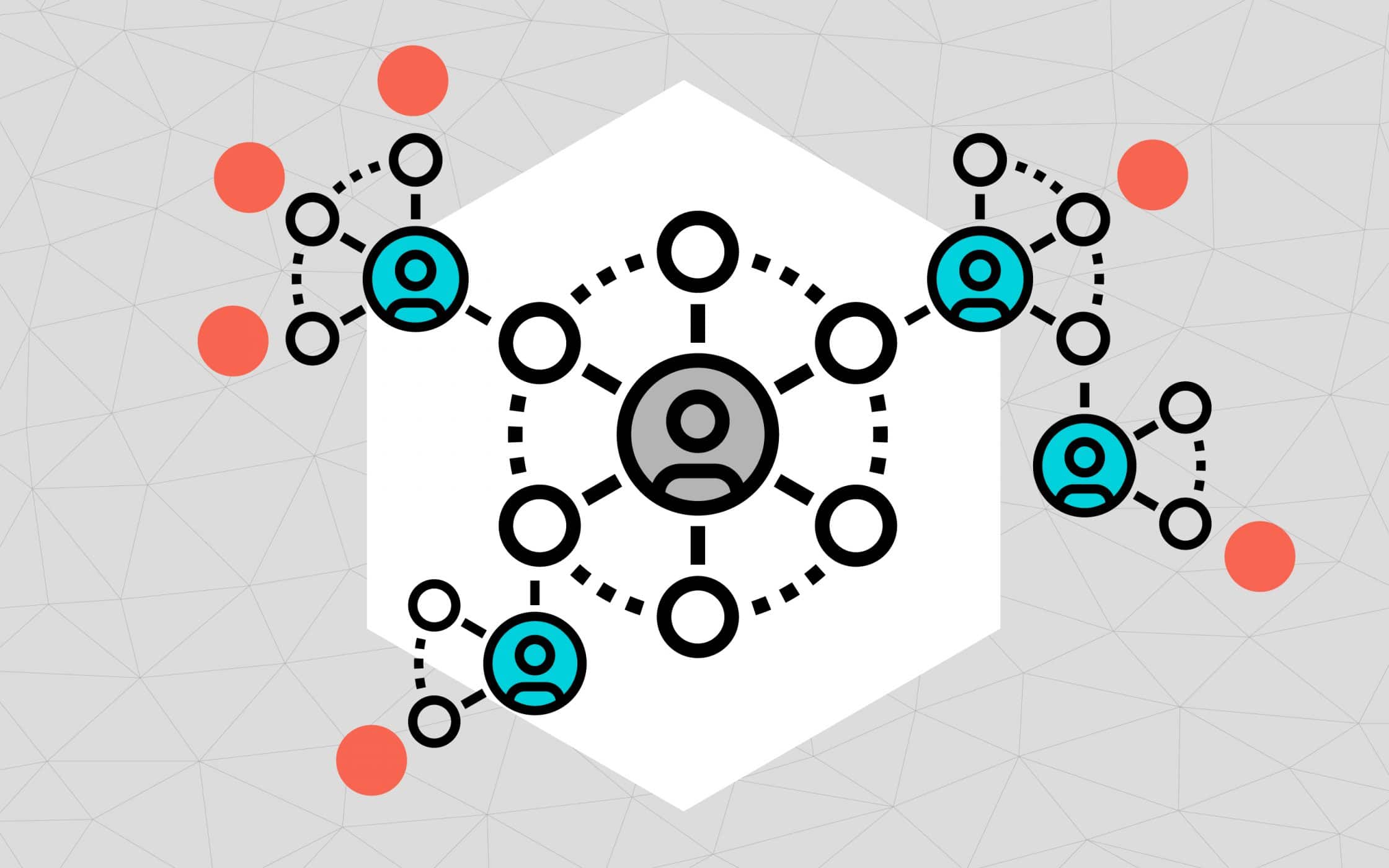It took me hundreds of sites and thousands of hours to figure out how to build a site that profits. Figuring out how to build a site that will allow you to quit your day job can take years. It’s more than a site though, it really comes down to the idea. That’s where everything should start. Formulate a great new idea and half the battle is already won. The other half will come from executing your plans efficiently. Once you’ve made some money you can turn around and sell that site for a lot of cash if it’s done right. That should be the end goal. Every business has a certain life and you need to sell it at it’s peak to make the most capital. There’s nothing wrong with sitting on it and making some residuals too, just don’t wait too long to get out. Ask Myspace how that’s going for them. Here’s a little info on building, promoting and selling a website.
Step 1: The Idea
To build a site that profits takes a lot of planning. Jumping into an idea without planning is a recipe for disaster. You’ll waste months, even years chasing a dream or idea that was never meant to make money. That’s not to say you can’t make money doing just about anything these days but the real question is can you make a living at it. That should really be the defining difference between whether or not you take an idea and turn it into a business.
There’s a couple ways to make residual money on websites. Either you sell products, services or ad space. Having a website strong enough to make reasonable ad space revenue is really tough though. I would advise against that method if you want to start making money right away. Services tend to be the easiest route because you don’t need a physical product. By providing a service you eliminate the shipping, manufacturing and R&D.
Do your homework when it comes to building out an idea. Ask your friends what they think and don’t worry about anyone stealing your amazing idea you little narcissist. Not all your ideas are gems and will make your friends overnight billionaires. Most people are too lazy to actually follow through with stealing and implementing your idea into a business plan anyway. It takes a lot of work and nobody will be convinced that it can work more than you. If you’re super paranoid then you can have people sign an NDA or non-disclosure before you discuss the idea. Talk to smart people and entrepreneurs that have built businesses from the ground up. You can be vague about it without giving too much away.
Check out what your competitors are doing and make sure you can offer something of value. Chances are you won’t be reinventing the wheel, so make sure you figure out a way to improve on something that is already successful. The hardest thing to do is be honest with yourself when starting a project. People tend to chase something they believe in, regardless of the warning signs to stop. Just because you have passion for something doesn’t necessarily mean it’s meant to be monetized. Not everything can be monetized on a level that supplements your income completely. Take an idea that is working and improve it. Get it in front of a lot of people and figure out a way to market it better than anyone else. Doing a very thorough competitive analysis can save you years of your life. Don’t start building something and realize 7 months down the road that somebody else is already dominating the market. Remember this scene from Knocked Up?
Step 2: Building it Out
This portion can take forever if you don’t know what you’re doing. I’ve been building sites since the Geocities days so doing simple WordPress sites came pretty easy to me. If you can, learn some basic HTML and PHP editing skills because they’ll come in handy for making quick fixes. It’s time consuming and frustrating sometimes to rely on other people to build my sites so I learned WordPress inside and out. It’s the best content management system out there in my opinion. It’s super user friendly and easy to use. If you don’t want to learn WordPress then don’t worry. Head over to Elance or Odesk and hire somebody qualified. Check through the reviews and make sure they’re capable of delivering on a deadline. Don’t use any of those automatic website builders. Those things are extremely limited and your site will just look cheap. Price wise a small site can cost you less than $500 and a large E-commerce site can be upwards of $5k-10k.
When you’re giving instructions on what you want the site to look like, don’t do a million revisions. Your site will end up taking forever! Also, the more people involved in the build out, the longer it will take. Everyone has an opinion on what they think should be done. Somebody needs to be making executive decisions quickly on how things should look so you can move forward in a timely manner. You can tweak things, but don’t overdue it. At some point the site will be done and tweaking it forever can make it worse. A lot of times less is more. You want it to be simple, concise, clean and easy to navigate. Lead the consumer on a journey to buy through testimonials, case studies, videos and clear call-to-action buttons. If you have the cash, consult with a conversion optimization specialist or use these conversion tips. They can do wonders for your site.
Step 3: Marketing and Promotions
The quickest ways to drive instant traffic would be banner ads and Google Adwords. Both are powerful if used correctly. The best banner ad site I ever used was buysellads.com. You’ll need somebody to create some banners for you, preferably animated banners. Those tend to catch the eye a little more often than static banners. They will either charge by the impression or a flat fee. Depending on how popular the site is, that factor will dictate the price. Big sites cost big money. Try to only advertise on sites that align with your product. Don’t advertise your SEO services on a gaming site, etc.
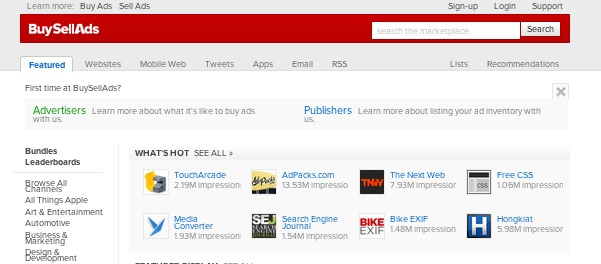
Adwords is another alternative to quick traffic. Depending on your industry it can get very expensive quickly. It’s a short term expense and when your budget runs out, your ad disappears. If your keywords are super broad and popular than it’ll eat up your budget in no time. If it’s well targeted and tweaked by a professional it can work wonders. PPC is very technical and most people don’t realize that. There’s a reason why Google does certification testing for Adwords. People think you just plug in a bunch of keywords and let it go. You have to be able to analyze the data they provide and optimize the campaign accordingly. Adding “negative keywords” can be the difference between success and failure. The great thing about Adwords is that it’s scaleable. The more you put into it, the more you can get out of it. You can try it out for free if you look around for some coupons.
The best long term strategies for growth are to focus on SEO and content marketing. SEO is extremely passive but insanely powerful. People usually give up before it really takes ahold of their site because it takes too long. They either grow impatient or their budget runs out. You need to give it at least 6-9 months to see any kind of significant progress. For competitive industries it can take years before you start seeing a decent ROI. When hiring an SEO company make sure they are ranking for keywords themselves. If the company can’t rank for keywords, what makes you think they can do it for anyone else? If you want to learn the technical aspects of effective SEO, theseopub and backlinko can explain it better than I can.
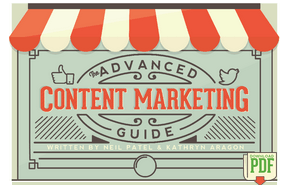 Content marketing takes a larger budget most times to be effective. You have to strategically create and put out amazing content over and over. That is not easy to do. Infographics are super hot right now and generate a lot of sharing on social sites. You can get one created for less than $500. These things are worth every penny in my opinion. You can always create one yourself too. Getting it to go viral will depend on how well it was laid out and how great the data is that was collected. It doesn’t matter how fancy you make it look. If you don’t have excellent data then you have nothing. If you’re interested in becoming an expert at content marketing then check out Neil Patel’s advanced guide.
Content marketing takes a larger budget most times to be effective. You have to strategically create and put out amazing content over and over. That is not easy to do. Infographics are super hot right now and generate a lot of sharing on social sites. You can get one created for less than $500. These things are worth every penny in my opinion. You can always create one yourself too. Getting it to go viral will depend on how well it was laid out and how great the data is that was collected. It doesn’t matter how fancy you make it look. If you don’t have excellent data then you have nothing. If you’re interested in becoming an expert at content marketing then check out Neil Patel’s advanced guide.
Step 4: Selling the Business
I’ve sold a few businesses online and learned a few things along the way. When I sold my first site I didn’t fully understand what it was worth. Let’s just say I left some money on the table. If you’re going to sell a business online you have to do it on Flippa. It has the largest built in crowd of buyers eager to bid on your company, auction style.
When you create your listing make sure to use a lot of concrete data and analytics to back up your financial claims. If your site isn’t making money, you won’t sell it on Flippa. Nobody wants to invest in an idea that isn’t already creating revenue. The sites that sell the easiest are the turnkey businesses. Everything is set up and ready to go with little maintenance.
Take pictures of your Paypal financials showing all transactions and attach your Google analytics to show traffic sources. The more transparent you are the better off you’ll be. If the site is ranking on page 1 of Google for keywords then make sure you put that in the listing. Document every single keyword you can possibly find in the top 3 pages. They all have value to some degree because keywords equal traffic.
Here’s what people care about in order of importance:
1. How much monthly revenue does it generate?
2. How much traffic does the site get monthly?
3. How much maintenance and time to run it?
4. What exactly are you getting?
5. Is it Scaleable ?
6. How does the site generate the traffic?
7. What are the profit margins?
A big part of doing these auctions is answering questions. You will be bombarded with questions about every aspect of the business that you’ll have to answer immediately. The better you are about answering them the quicker you’ll find a buyer. People automatically feel like their getting scammed on sites like this so they’ll be apprehensive. The more you engage with your potential buyers the sooner they’ll hit the buy-it-now button. Here’s some examples of great listings:
That leads me to my next tip. DO NOT put a buy-it-now price on your auction until the last day. I made this mistake the first time. Wait until the last few hours to put it up because you’ll build momentum that way. The reason is that you can potentially be low balling yourself by setting the price too low. If you let people bid up your auction then the sky is the limit. Everyone will continually be asking you what the BIN and reserve price is, but don’t budge. You NEED to encourage them to bid! Why? Bids not only drive up the price, but if you get a lot then you’ll be put into a special section of the site called “Most Active.” Here you’ll get flooded with traffic to your auction. It’s Flippa’s page 1 of Google. Tell them, “I can’t disclose that at this time, but I assure you it’s reasonable.”
Your best marketing investments on Flippa are to purchase the upgrades. They will give you some immediate visibility. How else are people going to find your auction? 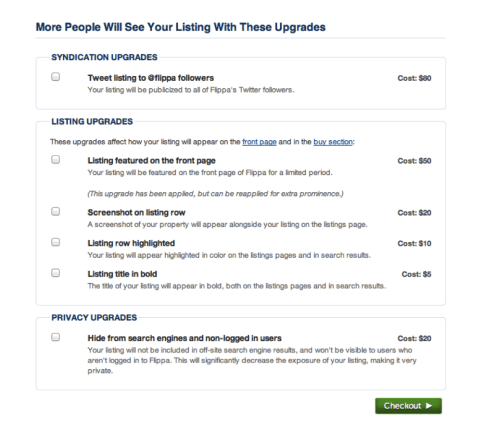
The most effective is the front page upgrade. I’ll buy that one multiple times throughout the auction listing. Then i’ll also purchase the screenshot, highlight and bold title. Those come in handy when you reach the Most Active section because it’ll help catch peoples eye and make your listing stand out on the page. For $85 dollars you’ll easily get some interested buyers and bidders.
Some sites on Flippa can sell for hundreds of thousands of dollars. If your business is profiting more than $250k a year then you’re better off finding a private buyer or company. The best alternative is to find a larger established leader in your industry and build a relationship with them. If your business is really doing that well, buyers will find you.
Onwards & Upwards
The key is to not get stuck in an idea. Sometimes you have to fail to get to the next big thing. You’ll never get to your next business that will make you a millionaire, if you can’t recognize defeat. Drop the ego and take an objective viewpoint on your business. If you can’t figure out a way to turn a profit within a year or two, put your heart and soul into something else until you find your niche. There’s nothing wrong with failing. The trick is not letting it affect your morale moving forward. That’s what entrepreneurs do best. For them, failing is a way of life. Poker players also have an amazing way of feeling numb to the pain of losing. That’s because they play the game of ups and downs on a daily basis. Business is the ultimate game and our financials are how we keep score. The question is, can you take a loss and show up the next day ready to play again? Take your loss as a lesson because nobody ever learned anything from being perfect.


